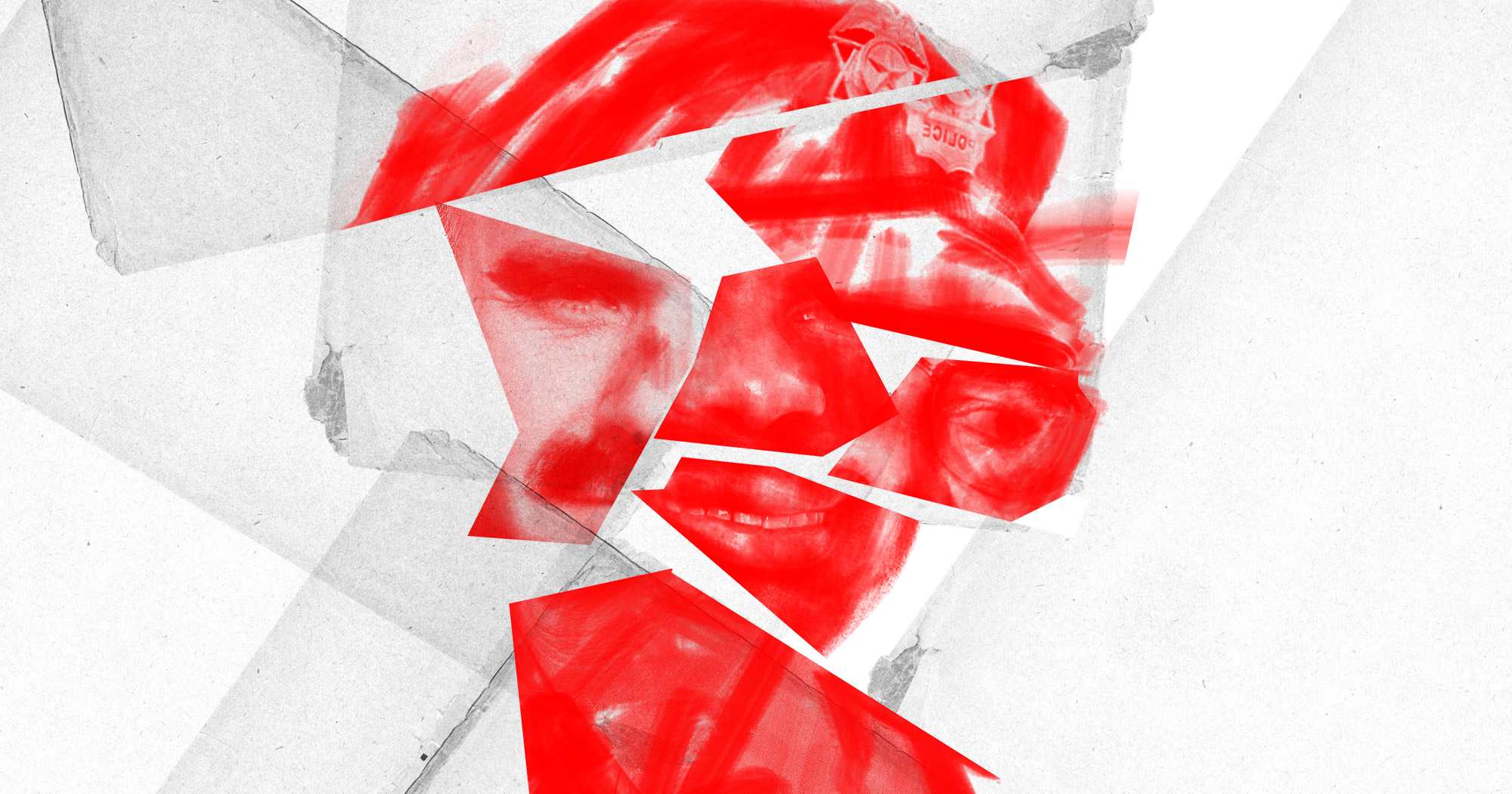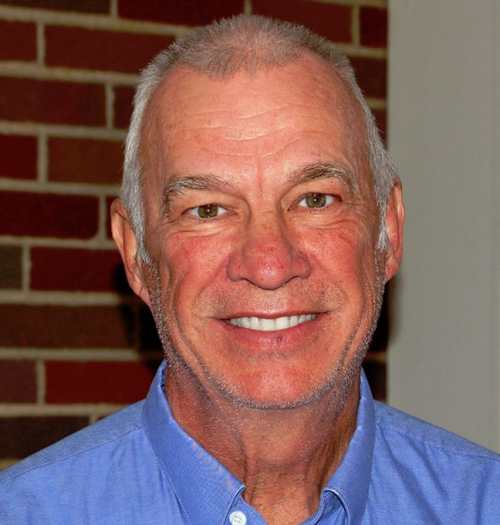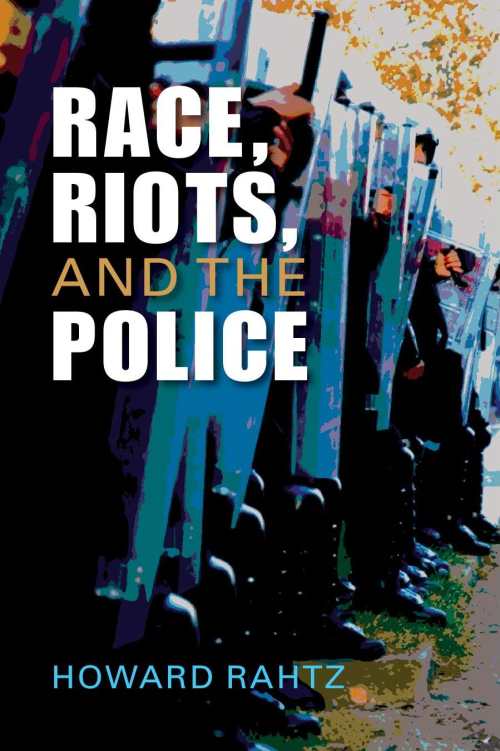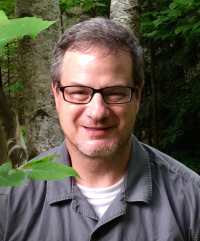Cops, Race, and Riots: We've Been Here Before and We Know How to End the Cycle

It’s getting more difficult to use collective amnesia as an excuse to try the same thing over and over again. Current tensions between African Americans and the police did not spring from nowhere a couple years ago in Ferguson, Missouri. Nor did the recent flareup in Charlotte, North Carolina. We have been here before: Washington, DC in 1919; Harlem in 1943; Detroit in 1967; Los Angeles in 1991. We know what happened, what bad decisions were made, and even how to create conditions where tensions with police never explode in the first place.
Howard Rahtz, a retired Cincinnati Police Department captain, studies the past and has recommendations for the future in his book, Race, Riots, and the Police (Lynne Rienner Publishers). As part of a series of interviews I’ve been conducting on criminal justice reform (an issue that’s even mentioned at the presidential debate level these days), I talked to Rahtz about where we go from here.
Unfortunately, here we go again. Right now, the flashpoint is Charlotte, NC. By the time this interview runs next week, it could be somewhere else. If you were in charge of police response to current riots, what would you do?

Howard Rahtz: 'There is not a city in the country that should believe itself immune.'

The current crisis provides an opportunity for courageous police and political leaders to begin to truly address the racial rift between police and the African American community. There is not a city in the country that should believe itself immune to a questionable police-involved death and the disorder and rioting that may follow. The process of real community engagement can begin with the police chief/mayor convening a community forum to develop a plan for “What if it happens here?” The key point is that this a community plan, not just a police plan. The planning process can begin with steps for safely handling protests but also move to riot response in the event protests turn disorderly.
The consequences of rioting are not only the immediate deaths/injuries and property damage that occur, but subsequent increases in crime, small businesses lost to the community, and increased racial tension. Given the serious impact of rioting, the discussion needs to move quickly to prevention. This discussion must include review of the necessary balance of complete investigation of these events, including potential criminal charges, and the demands for immediate action, including termination and/or arrests of the officers.
This will likely be an uncomfortable discussion. But such a transparent process will do much to enhance the trust balance between the police and the community to the point it will peaceably withstand the tension following a questionable police shooting.
How deeply is racism ingrained in police culture? Is there a cure?
Police departments reflect the larger society. While racism can be found in every area of American life, it is the interaction between police and African Americans where the tension is most acute. Rooting out racism in police departments begins with recruiting. Diversity in police ranks is an easy recommendation and efforts to draw community-minded and committed African-Americans to policing careers remains a major challenge. Department policies, training, and supervision all must include an emphasis on bias-free policing. Racial disparity in arrests, tickets issued, use of force statistics and citizen complaints need to be quickly addressed.
Racial attitudes among police officers may start with the larger organization. The Department of Justice Report on the Ferguson Police Department provides an example of the racist attitudes of city administrators reflected in police interactions with citizens.
There is not an easy solution or cure for this problem. The overt racism of the Jim Crow era has largely disappeared. The challenge for police leadership is creating a culture sensitive to and intolerant of even hints of racial animus.
You’re an advocate for community policing. Is that the sole answer to creating trust between police and the African American communities they’re supposed to serve?
Community policing is a key factor in repairing the damaged relationship between police and the African American community. And by Community Policing (COP), I mean true partnerships directed at solving community problems, not the heavy enforcement and zero tolerance practices advocated by some in the name of COP.
The second piece of the equation is a focus on community engagement. Effective problem solving requires community engagement and efforts to bring police into community building activities (Police-Youth Programs, Citizens on Patrol, Citizen Police Academies) to build that trust account will pay dividends in reducing crime and disorder.
A study in Cincinnati confirms this approach. Between 2011 and 2014, violent crime in the city decreased significantly. The reduction in crime was accompanied by a reduction in arrests, fewer incidents of use of force, and a decline in citizen complaints. The authors attribute the results to the CPD’s emphasis on community policing.
You’re an expert in police use of force. Why are police not being trained properly in when not to use deadly force?
Remember that policing in America is primarily a local government responsibility. There are about 18,000 police departments across the country that operate under different training and operational standards. Some jurisdictions do a tremendous job in training and others provide the minimum required under state law. Many departments operate under significant financial constraints and when budgets are strained, training is typically one of the first casualties.
There are two significant developments that would reduce police use of deadly force. The first is the development and deployment of effective and less-than-lethal force options. Despite the huge technological leaps characterizing every aspect of American life, police continue to wrestle, box, strike with batons, and use deadly weapons to control aggressive citizens. The two advanced options in use by police are chemical irritant and Tasers, both of which work effectively but with significant limitations. The development of a Star Trek like phaser remains the realm of science fiction. Significant funding for development of force alternatives should be a federal priority.
A second step would be the development of a national use of force policy and training program that could be adopted by departments throughout the country. There are a number of national police organizations that could work together to develop such a program. Federal investment in support of such a program is a no-brainer.
What can we learn from race riots of the past to prevent today’s clashes from escalating?
The cliché is those who do not learn from history are doomed to repeat it and that certainly describes America’s history with race riots. Diversity is an example. In the Harlem riot of 1943, authorities deputized 350 African American women from the neighborhood, gave them batons and badges, and sent them out to assist in riot control. While the authorities in 1943 would not have described it as such, their action was a clear recognition that an all-white police force lacked legitimacy in the eyes of residents.
In the Washington riot in 1919, Detroit and Los Angeles in 1943, rumors and falsehoods spread by irresponsible media contributed to the spread of rioting. Today, the spread of incendiary rumors and falsehoods are triggered though social media at a speed even the most transparent government reaction cannot match.
In Los Angeles in 1991, the release of racist text messages among police officers following the Rodney King incident left the impression the King beating was a racially motivated ass whipping rather than a necessary use of force. The release of racist e-mails by Ferguson city leaders after the Michael Brown shooting contributed to the perception that Ferguson Police routinely practiced biased policing. Police leaders who ignore or tolerate such behavior by those under their command create an environment where fear and distrust become factors in even the most routine encounters between officers and African Americans. This fear and distrust becomes the kindling for violence when a questionable force incident occurs.
You’ve been an outspoken critic of the war on drugs. How much is that failed war responsible for bad relations between police and African Americans?
In my opinion, the war on drugs is the single largest factor poisoning the relationship between police and the black community. Michelle Alexander, the author of The New Jim Crow, describes the War on Drugs as the “machine of mass incarceration.” The statistics are daunting. Despite use rates that are roughly similar, black Americans are incarcerated at significantly higher rates than white Americans. A particularly disturbing statistic finds the incarceration rate of black Americans nearly eight times the incarceration rate for blacks under the South African Apartheid regime.
The war on drugs has brought police officers into the lives of black Americans, particularly young men, with an intensity that undercuts the very notion of a free society. In her decision on the New York stop and frisk program, Federal Judge Scheindlin ruled the NYPD effort violated constitutional standards, noting “people being stopped without reason scores of times a year.” Scheindlin wrote, “these unconstitutional stops have exacted a ‘human toll’ in demeaning and humiliating law-abiding citizens.” These experiences, even when handled with utmost courtesy by officers, have a corrosive effect on police-community relations that is difficult to overcome.

Howard Lovy is executive editor at Foreword Reviews. You can follow him on Twitter @Howard_Lovy
Howard Lovy
